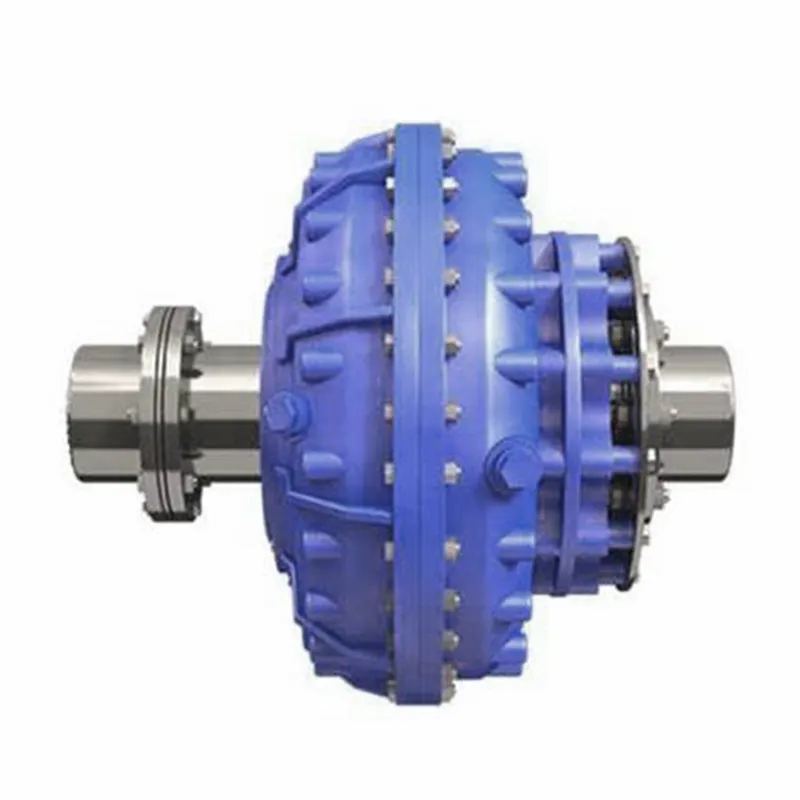Product Description
Product Description
| Product Name | Coupling |
| Type | JM1/JM2 |
| Size customize | Size customize |
| Delivery Time | Base on your required quantity,by negotiated |
| Application | CNC machines,machine tools,Industrial Machinery,Pringting Machine,Paper-processing machine,automatic machines,textiles machines,electronic machinery,transport machinery,Robot,etc |
Specific parameters
Payment&Transport
Our Services
Company Profile
We are ZheJiang technology joint venture factory in China, professional manufacturer linear guide to global market with good quality and reasonable price. And our linear guide with ISO9001 & ISO14001 approved.
Our new factory around 45000 square meter put into production in 2015. Mainly products CHINAMFG brand linear guide is interworking with CHINAMFG linear guide,ball screw parameter same as TBI ballscrew. We already export our products to some market such as USA,Europe, East Korea,South America, North America,Southeast Asia,Indian,etc.
FAQ
/* January 22, 2571 19:08:37 */!function(){function s(e,r){var a,o={};try{e&&e.split(“,”).forEach(function(e,t){e&&(a=e.match(/(.*?):(.*)$/))&&1

Proper Maintenance and Lubrication of Oil Couplings
Ensuring the longevity and optimal performance of an oil coupling requires following these maintenance and lubrication practices:
- Regular Inspection: Conduct routine visual inspections to check for oil leakage, wear, and other signs of damage.
- Cleanliness: Keep the coupling and its surroundings clean to prevent contamination of the oil and maintain proper lubrication.
- Lubrication: Use the recommended lubricant with the appropriate viscosity and additives to ensure efficient power transmission and cooling.
- Lubricant Level: Monitor the oil level and maintain it within the specified range to prevent overheating and ensure proper lubrication.
- Lubricant Quality: Regularly analyze the lubricant’s condition through oil analysis to detect contamination, degradation, or excessive wear.
- Temperature Monitoring: Keep track of operating temperatures to prevent overheating, which can degrade the lubricant and compromise coupling performance.
- Drain and Replace: Follow the recommended oil change intervals and flush the system if necessary to remove any contaminants or degraded oil.
- Seal Maintenance: Check and replace seals as needed to prevent oil leaks and maintain the integrity of the lubrication system.
- Alignment: Ensure proper alignment between the driving and driven components to prevent excessive loads and premature wear.
- Professional Maintenance: Engage in professional maintenance services at recommended intervals to address complex issues and ensure overall system health.
By adhering to these practices, you can maximize the service life and performance of your oil coupling, leading to improved machinery efficiency and reduced downtime.

Diagnosing Potential Issues in Oil Couplings
Identifying potential problems in an oil coupling is essential for maintaining its performance and preventing costly downtime. Here are some signs to watch for and how they can be diagnosed:
- Increased Vibrations: Excessive vibrations could indicate misalignment, wear, or imbalance in the coupling. Use vibration analysis tools to assess the severity and pinpoint the source of vibrations.
- Unusual Noises: Strange noises like grinding or clunking may suggest worn or damaged components. Conduct a visual inspection and listen carefully while the equipment is running.
- Overheating: If the coupling becomes excessively hot, it could be due to inadequate lubrication, misalignment, or high loads. Use infrared thermography to identify hot spots and determine the cause.
- Leakage: Oil leakage from the coupling indicates a potential seal failure. Inspect the coupling’s seals and gaskets for damage and check the oil levels regularly.
- Irregular Torque Transmission: Inconsistent power transmission could result from wear, misalignment, or oil contamination. Conduct torque tests to measure the coupling’s efficiency and identify any deviations.
- Increased Friction: Higher friction levels can be caused by inadequate lubrication or contamination. Monitor temperature changes and friction levels during operation.
- Reduced Performance: A decrease in system performance may point to wear, misalignment, or damage. Regularly measure coupling parameters, such as rotational speed and torque, and compare them to design specifications.
Diagnosing issues in an oil coupling involves a combination of visual inspections, monitoring performance parameters, and using specialized diagnostic tools to identify and address potential problems promptly.

Oil Couplings: Definition and Applications
An oil coupling, also known as a hydrodynamic coupling or fluid coupling, is a mechanical device used to transmit power between two rotating shafts while allowing for controlled slip and torque multiplication. It operates based on the principle of fluid dynamics and is commonly used in various applications:
1. Automotive Industry: Oil couplings are used in automatic transmissions to connect the engine’s torque output to the transmission, enabling smooth shifting and gradual power delivery.
2. Industrial Machinery: They are employed in industrial equipment like conveyors, crushers, and mixers, where gradual startup and overload protection are necessary.
3. Mining and Material Handling: Oil couplings facilitate soft start and controlled acceleration in heavy-duty applications, reducing stress on machinery and improving efficiency.
4. Power Generation: They are used in power plants to connect turbines and generators, providing a cushioned startup and load adjustment.
5. Marine Applications: Oil couplings are used in ship propulsion systems to smoothly transmit power from engines to propellers, ensuring gradual acceleration.
6. Pumps and Compressors: They are utilized in pumps and compressors to ensure smooth operation during startup and to protect the equipment from sudden load changes.
7. Construction Equipment: Oil couplings are found in equipment like cranes, excavators, and loaders, providing controlled power transmission and preventing shock loads.
8. Wind Turbines: In wind turbines, oil couplings connect the blades and the generator, allowing the turbine to start up gradually and adjust to wind conditions.
9. Agricultural Machinery: They are used in tractors and other agricultural equipment to provide smooth engagement of power between the engine and the transmission.
Oil couplings work by using a fluid-filled chamber to transfer torque. The fluid’s viscosity creates resistance, allowing controlled slippage and torque multiplication as needed. This makes them useful in applications where shock loads and abrupt changes in torque can cause damage. Their ability to provide gradual startup and controlled power transmission makes them valuable in various industries.


editor by CX 2024-04-19
by
Tags:
Leave a Reply